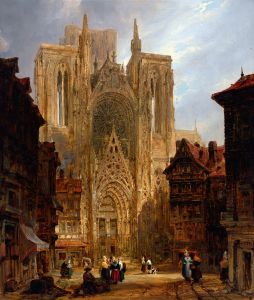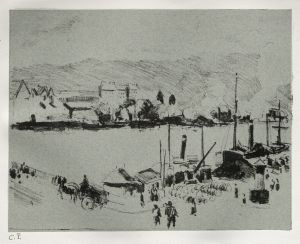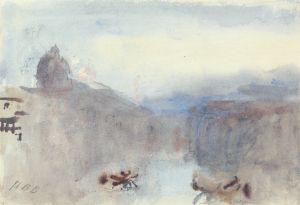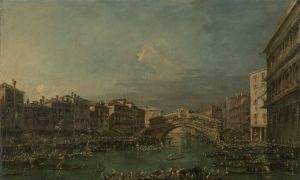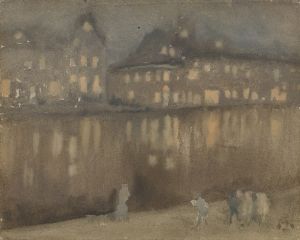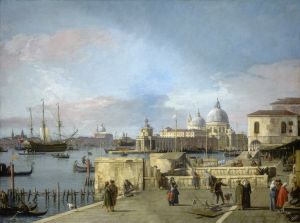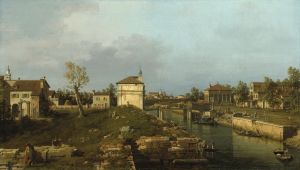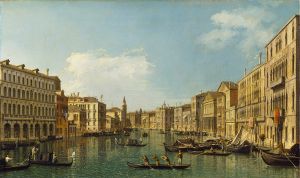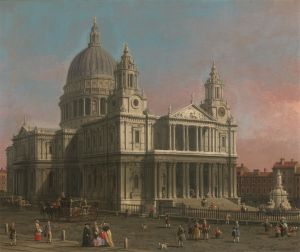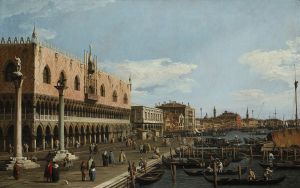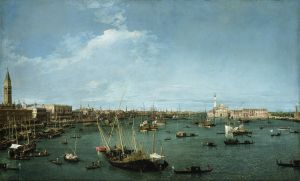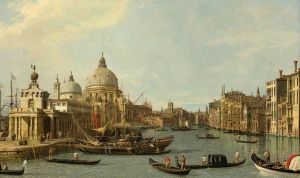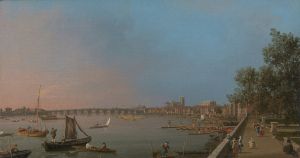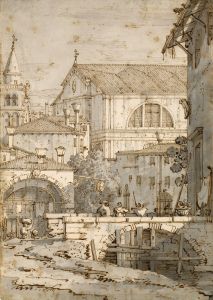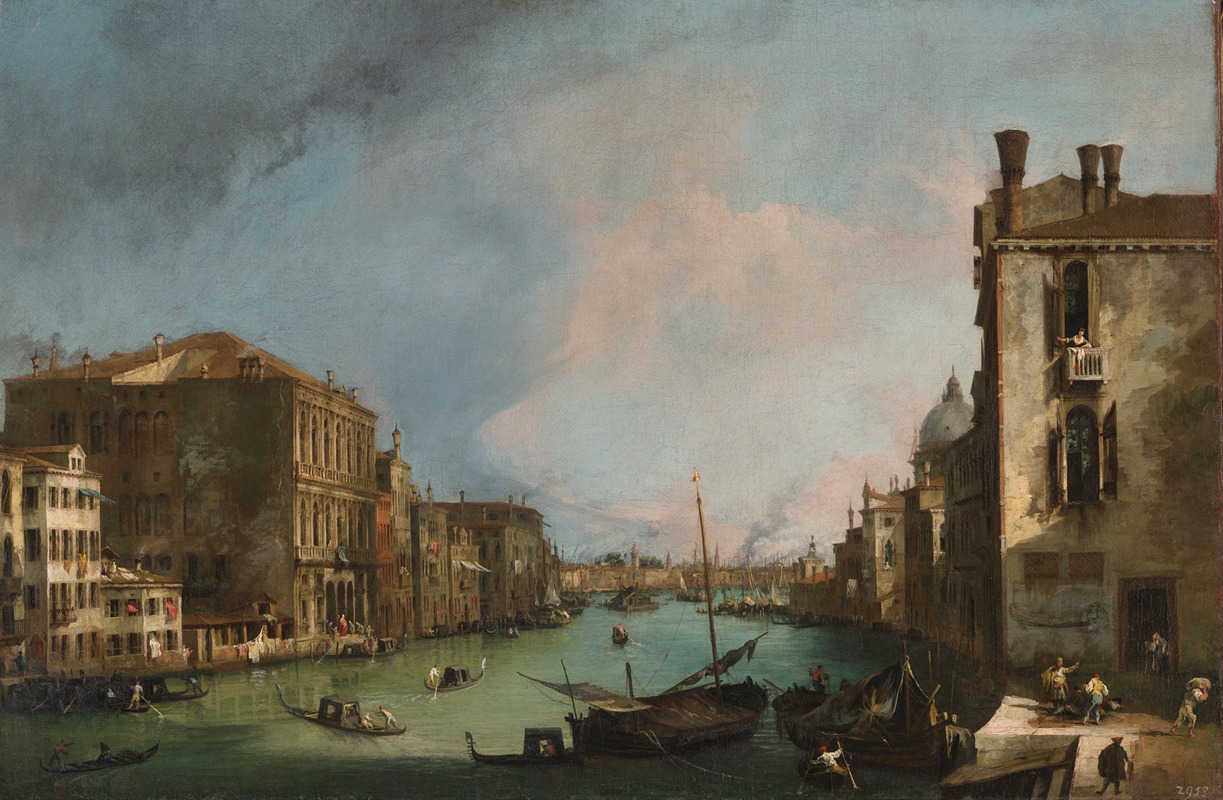
The Grand Canal in Venice with the Palazzo Corner Ca’Grande
A hand-painted replica of Canaletto’s masterpiece The Grand Canal in Venice with the Palazzo Corner Ca’Grande, meticulously crafted by professional artists to capture the true essence of the original. Each piece is created with museum-quality canvas and rare mineral pigments, carefully painted by experienced artists with delicate brushstrokes and rich, layered colors to perfectly recreate the texture of the original artwork. Unlike machine-printed reproductions, this hand-painted version brings the painting to life, infused with the artist’s emotions and skill in every stroke. Whether for personal collection or home decoration, it instantly elevates the artistic atmosphere of any space.
"The Grand Canal in Venice with the Palazzo Corner Ca’Grande" is a painting by the renowned Italian artist Giovanni Antonio Canal, better known as Canaletto. Canaletto, born in 1697 in Venice, is celebrated for his detailed and precise depictions of the cityscapes of Venice, as well as other locales. His works are characterized by their meticulous attention to architectural detail and the play of light, which captures the vibrant atmosphere of 18th-century Venice.
This particular painting showcases the Grand Canal, one of Venice's most iconic and vital waterways, which snakes through the city in a large S-shape. The Grand Canal has historically been a major thoroughfare in Venice, lined with more than 170 buildings, most of which date from the 13th to the 18th centuries. These buildings display the wealth and art of the Republic of Venice, which was a major maritime power during the Middle Ages and Renaissance.
In the painting, the Palazzo Corner Ca’Grande is prominently featured. This palatial building is one of the many grand structures that line the Grand Canal. The Palazzo Corner, also known as Ca’ Corner della Ca’ Granda, is a significant example of Renaissance architecture in Venice. It was designed by the architect Jacopo Sansovino and constructed in the mid-16th century. The building served as a residence for the Corner family, one of the prominent patrician families of Venice.
Canaletto's depiction of the Palazzo Corner and the surrounding area is marked by his characteristic precision and clarity. He often used a camera obscura to achieve the high level of detail and accuracy seen in his works. This technique allowed him to capture the intricate architectural features and the bustling activity of the canal with remarkable fidelity.
The painting not only highlights the architectural grandeur of Venice but also provides a glimpse into the daily life of the city during Canaletto's time. The Grand Canal is animated with gondolas and boats, reflecting the vibrant commerce and transportation that were central to Venetian life. The play of light on the water and buildings adds a dynamic quality to the scene, illustrating Canaletto's mastery in capturing the essence of Venice.
Canaletto's works, including this painting, were highly sought after by collectors, particularly British aristocrats who were part of the Grand Tour, a traditional trip around Europe undertaken by young men of the upper classes. His paintings served as mementos of their travels and as representations of the cultural and architectural splendor of Venice.
Today, Canaletto's paintings are held in high esteem and are featured in major art collections and museums around the world. They continue to be appreciated for their artistic merit and as historical documents that offer insight into the urban landscape and society of 18th-century Venice.





